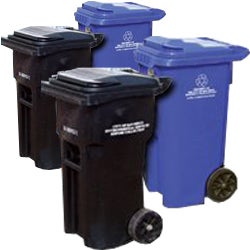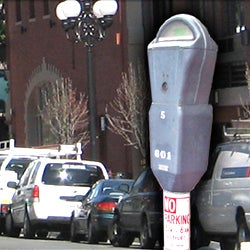Self Guided Tour of Wildlife Preserves
- Mariner's Point
- Perez Cove
- Kendall-Frost Reserve & Northern Wildlife Preserve
- Tecolote Creek
- Fiesta Island
- Flood Control Channel Southern Wildlife Preserve
- Famosa Slough Wildlife Preserve
Tecolote Creek
Tecolote Creek flows into the inlet of Fiesta Island creating a small marsh area where the river meets the Bay. Many species of duck are visible during their seasonal migration. Some of our annual visitors include the coot, ruddy duck, bufflehead, cinnamon teal, northern pintail, green-winged teal, scaup and redhead. Loons inhabit this area year-round.
Fiesta Island
The gradually sloping mudflats on Fiesta Island provide habitat for shorebirds such as the ruddy turnstone, willet, and black-billed plover. The sandy beach of the western shore is a nesting area for the snowy plover. Many birds including the house finch, horned lark, western meadowlark and the mourning dove nest on Fiesta Island in protected areas of coastal chaparral. Fiesta Island has a large California least tern protected nesting site at the northern tip of the island. The tiny elegant and lively least tern is a familiar summer resident.
Flood Control Channel Southern Wildlife Preserve
A portion of the Flood Control Channel is designated as the Southern Wildlife Preserve. The preserve is a resting and feeding spot for over one hundred species of birds migrating along the Pacific Flyway. This is a perfect spot for viewing and photographing these birds. The osprey, sometimes called the fish hawk, is a magnificent sight as it hovers then plunges talons-first into the water to snatch out a fish. Osprey are most commonly sighted from mid-September through November. Herons, egrets, waterfowl, shorebirds, gulls, and terns are year-round residents.
Famosa Slough Wildlife Preserve
The thirty-seven acre Famosa Slough is a remnant of the once extensive Mission Bay Wetland. Vegetation ranges from saltwater to freshwater marsh species. Pickleweed dominates the salt marsh, bulrush grows in the brackish water areas, and cattail is the predominant freshwater plant. The Slough is a significant feeding and resting site for birds using the Pacific Flyway. Dabbling ducks, including mallards, pintails, cinnamon teals, and shovelers rest and feed in the shallow area of the Slough in the fall and winter. California killifish and mosquito fish provide food for the great blue herons, egrets, green-backed herons, and black-crowned night herons. The Belding's savannah sparrow feeds on pickleweed in the Slough. California's least terns and shorebirds including avocets, black-necked stilts and killdeer forage and nest in sheltered areas of the wetland. The endangered light-footed clapper rail nest in the tall cordgrass.























